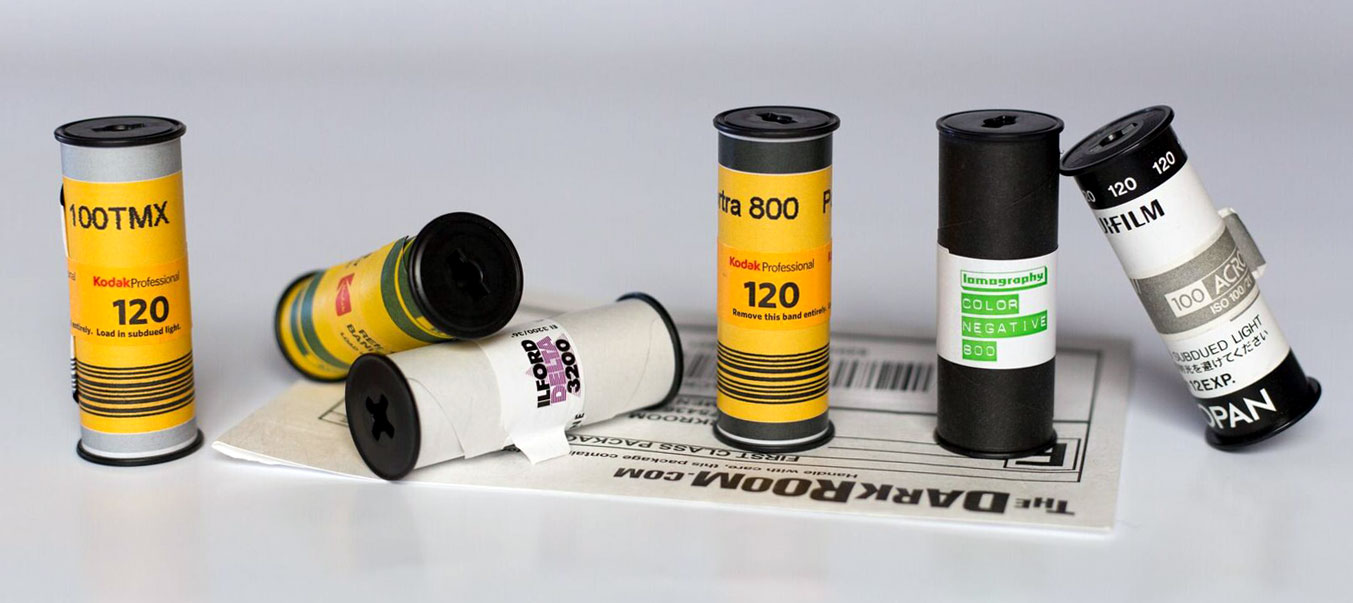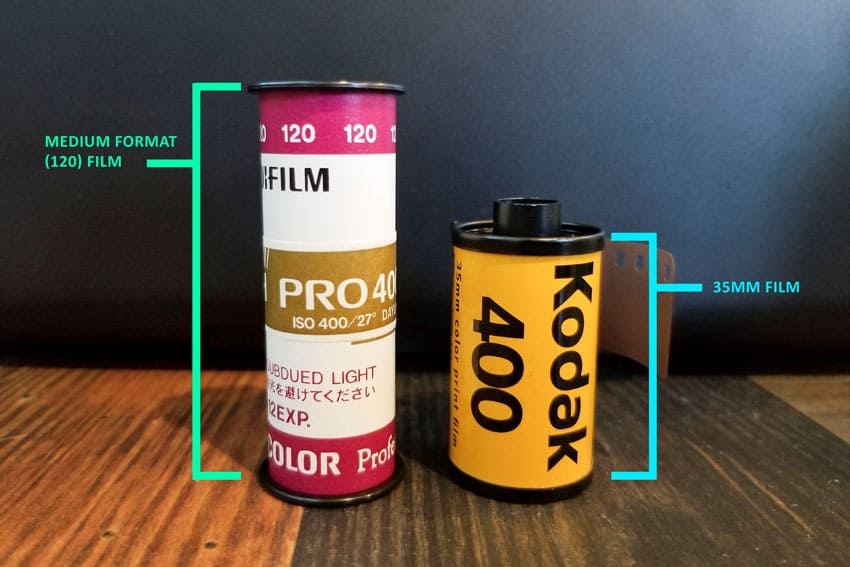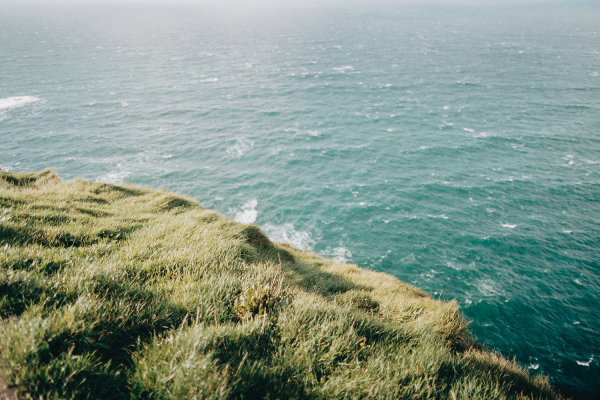
120 film
120 film, often referred to as medium format film, is renowned for its superior image quality and versatility. Introduced by Kodak in 1901 for their Brownie No. 2 camera, it has become a favorite among professional photographers and serious hobbyists. If you’re looking to improve your skills with this format, check out these simple habits to become a better film photographer.
Medium Format?
Medium format refers to film that is larger than the standard 35mm but smaller than large format film. The most common frame sizes for 120 film include 6×4.5cm, 6x6cm, and 6x7cm. This variety allows photographers to choose the frame size that best suits their needs, whether it’s for portraits, landscapes, or fine art photography.

Where to buy?
At freestylephoto.com and at B&H Photo, you have the option to purchase 120mm film medium format. This type of film is still widely popular and readily available, making it easy for photographers to find and use for their medium format cameras.
Image Quality and Applications
The larger negative size of 120 film results in significantly higher resolution and finer detail compared to 35mm film. This makes it ideal for professional applications where image quality is paramount. Medium format cameras are often used in fashion, commercial, and landscape photography due to their ability to capture stunning detail and dynamic range.

Popular 120 Film Cameras
There are many iconic cameras that use 120 film, including the Hasselblad 500 series, the Mamiya RB67, and the Rolleiflex TLR. These cameras are prized for their build quality, lens sharpness, and the exceptional images they produce. Photographers who invest in medium format cameras often find that the results justify the higher cost and larger size of the equipment.
One of the main advantages of 120 film over smaller formats like 35mm is the increased image quality. The larger negatives allow for more detail, better color rendition, and less grain, which is particularly important for large prints. Additionally, medium format cameras often have interchangeable lenses and backs, offering greater flexibility and creative control. For more information on different film formats, check out this introduction to film formats.

In conclusion, 120 film, also known as medium format film, offers superior image quality and versatility for photographers looking to elevate their work.The larger negative size of 120 film results in higher resolution and finer detail, making it a popular choice for professional applications such as fashion, commercial, and landscape photography. Overall, 120 film is a great choice for photographers looking to improve their skills and produce stunning, high-quality images.




Leave a Reply